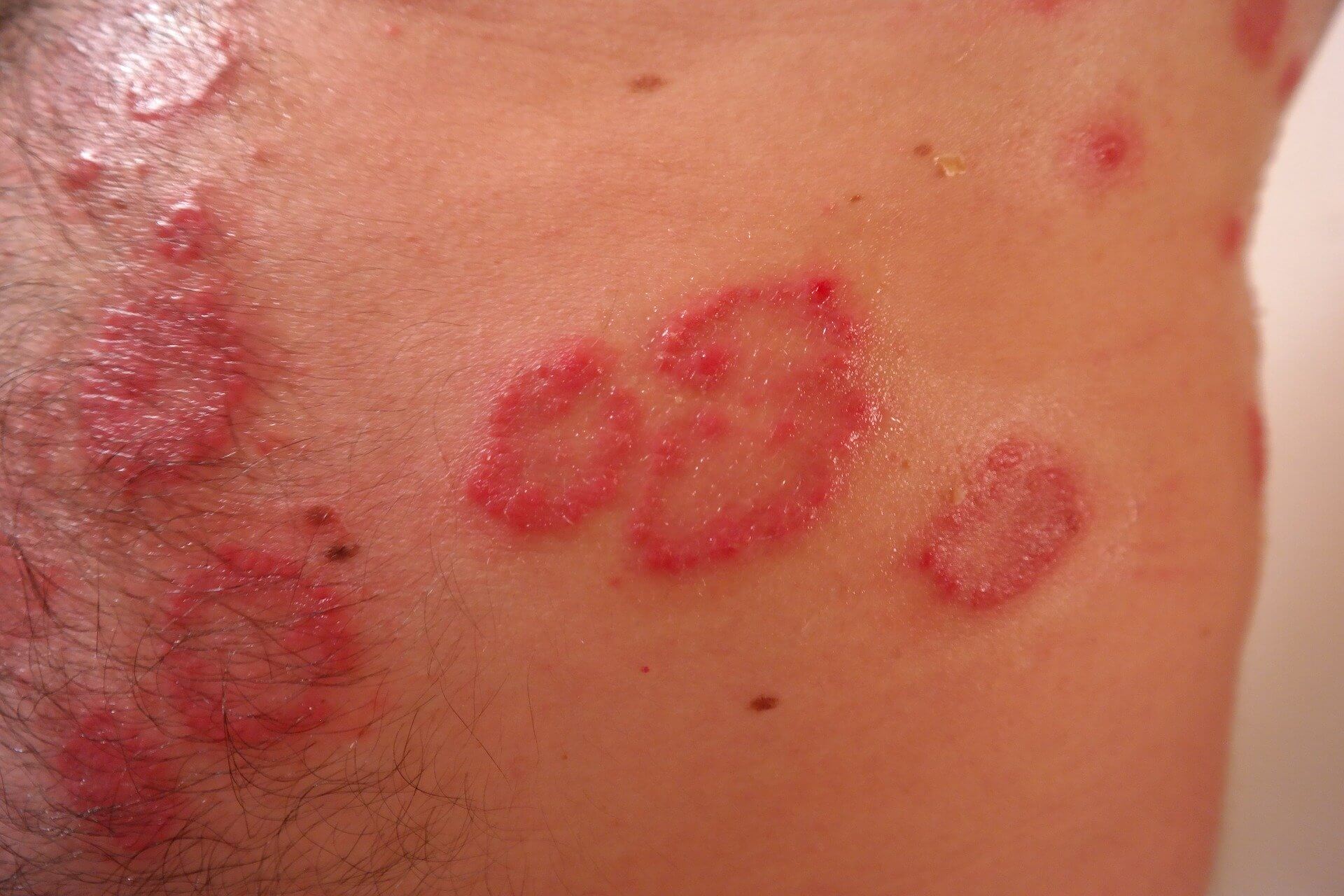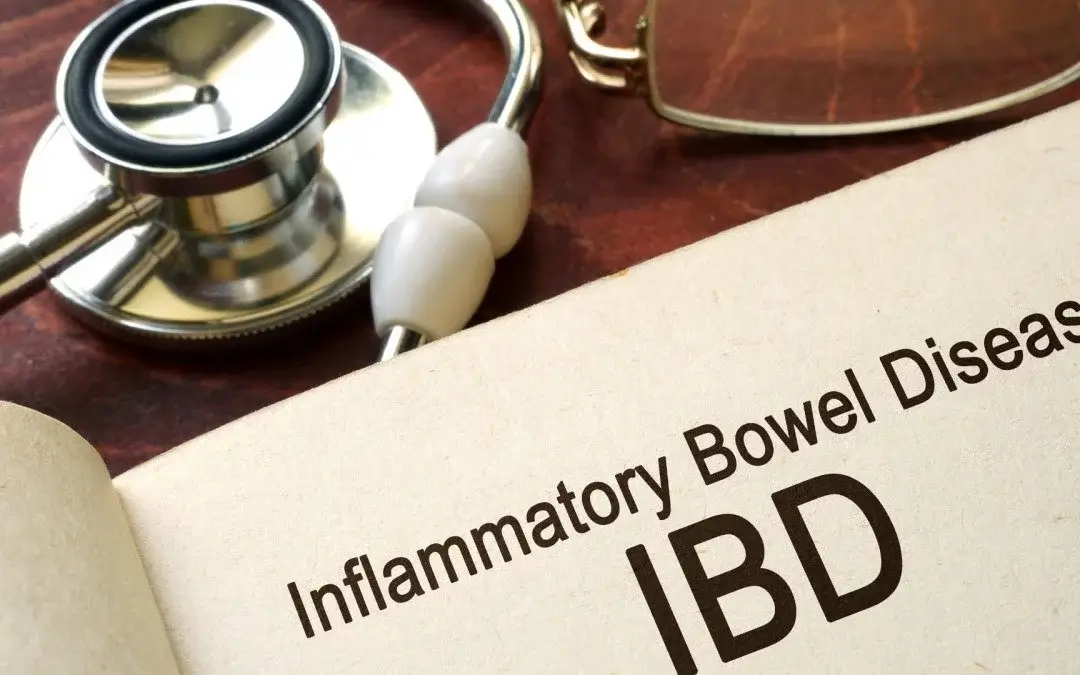
People often wonder whether they should go with a food intolerance test or an elimination diet in tackling potential food intolerances (or ‘food sensitivities’). So, we thought a comparison between the two was in order. Here’s a summary of the pros and cons of both.
Food Sensitivity Testing
Food sensitivity testing can narrow down which foods your body struggles dealing with. Food sensitivity tests can be done with either a hair or blood sample, both of which require relatively small sample sizes.
However, you may very well have a food intolerance and experience no symptoms at all.
This means that while an intolerance test is very helpful in identifying problem foods, not everything listed as an intolerance will elicit a noticeable reaction when consumed. So you may notice foods which you can eat with no issue listed among your intolerances.
Elimination Diet
An elimination diet consists of removing various suspected or identified problem foods for a length of time, before slowly reintroducing the foods, one at a time. This is to determine which foods were the root cause of experienced symptoms and which foods don’t bring about uncomfortable symptoms – although you may still be intolerant to the foods.
An elimination diet should last a minimum of 4 weeks – we recommend 6-8 for best results, before commencing any re-introductions.
The issue with the elimination diet alone is that it’s a stab-in-the-dark approach. You have only your gut suspicions to choose which foods to eliminate, and this can lead to removing more foods than necessary from the diet.
So which is better? Should people use the lengthy elimination diet, or take a food sensitivity test?
Which is Best?
The best approach – in our experience – is to use both together. We have found that those customers who conduct an elimination diet following the recommendations of a food sensitivity test have the best results in terms of alleviating or even eliminating their symptoms.
This shortens the process of eliminating certain foods and reintroducing them, as you’ll be eliminating (and reintroducing) fewer foods than if you were doing so without the guidance of an intolerance test. The elimination diet following testing is necessary too though so that the problem foods which caused the initial symptoms are identified.







